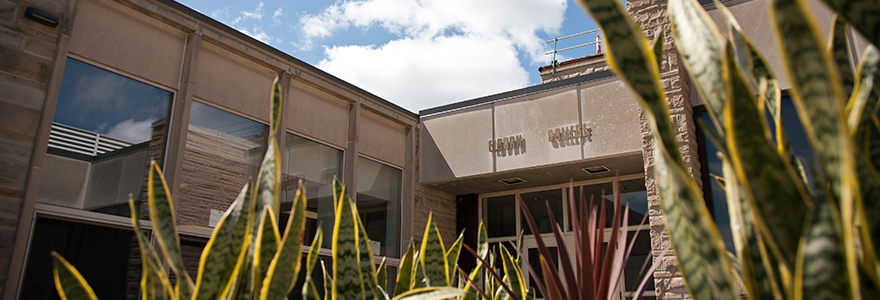Programs
Connect With Us
Email: ahcp@uwo.ca
Apply Online
Applications are submitted online through Western's School of Graduate and Postdoctoral Studies.
Research Day
Advanced Health Care Practice Master's Program

On behalf of the Faculty of Health Sciences and the Advanced Health Care Practice programs we would like to welcome you to Research Day 2023. This symposium is a unique and exciting opportunity for our students, faculty, alumni and industry experts to interact, disseminate knowledge and network, especially during this challenging time.
The day includes a keynote lecture from Dr. Joy MacDermid, research poster sessions and opportunities to network and showcase our student’s research accomplishments as well as review the research currently being conducted by their peers.
Thank you so much to the students, faculty and partners for your generosity and time dedicated to making this event a success.
Paul Parikh, PhD
Assistant Professor, School of Physical Therapy
Western University
Schedule of Events: July 14, 2023
Welcome and Keynote Address
- 12:30 p.m.
- Join via Zoom
Research Presentations
- 1:05 p.m.
- Join via Zoom
Keynote Address
 Joy MacDermid - BSc, BScPT, MSC, PhD, FCAHS, FRSC
Joy MacDermid - BSc, BScPT, MSC, PhD, FCAHS, FRSC
Professor - School of Physical Therapy, Western University
Join via ZoomDr. Joy MacDermid is a clinical epidemiologist, physiotherapist, hand therapist and Distinguished Professor of Physical Therapy at Western University. She holds a Canada Research Chair in Musculoskeletal Outcomes and Knowledge Translation and The Dr. James Roth Chair in Musculoskeletal Measurement and Knowledge Translation. She is a Fellow of the Canadian Academy of Health Sciences and The Royal Society of Canada. Her research focuses on upper extremity function, musculoskeletal health, design and evaluation of surgical and rehab interventions/programs, public safety personnel health, work injury, implementation science, and the impact of sex and gender on health.
Research Presentations
- 1:05 p.m. - Do Physical Measures Predict Onset or Outcome for Low Back Pain? : A Systematic Review
- 1:10 p.m. - Systematic Review of biomarkers predictive of onset and outcome for low back pain
- 1:15 p.m. - Identifying Common Competencies for Advanced Healthcare Practice Programs: An Umbrella Review
- 1:20 p.m. - Using Ultraviolet Light Type B and C to Improve Wound Healing Outcomes: A Systematic Review
- 1:25 p.m. - Gastrocnemius Muscle Cross Sectional Area and the Relationship with Bone Marrow Lesion Volume in Young Adults following ACL Reconstruction
- 1:30 p.m. - Are Female Athletes Specific Needs being Assessed and Addressed in Preparticipation evaluations? A scoping review
- 1:35 p.m. - Comparative Outcome Between Surgical and Conservative Management of Mallet Thumb: A SR
- 1:40 p.m. - BREAK (10 minutes)
- 1:50 p.m. - A Systematic Review of the Psychometric Properties of Pinch Strength Assessment
- 1:55 p.m. - Educational Attainment and Outcomes of Acute Low Back Pain in Adults: A SR and MA
- 2:00 p.m. - The Association Between Educational Attainment and the Onset of Acute Low Back Pain in Adults: A SR
- 2:05 p.m. - Efficacy and Safety of Manual Therapy whenCompared with Oral Pain Medications in Patients with Neck Pain: A SR with MA
- 2:10 p.m. - 2SLGBTQIPA+ Health and Inclusiveness for Rehabilitation Specialists working with Youth Populations (<18 years of age) in Canada
- 2:15 p.m. - What is Known from the Literature about Diabetic Foot Ulcers (DFU) resulting in Lower Limb Amputations in Remote Communities





